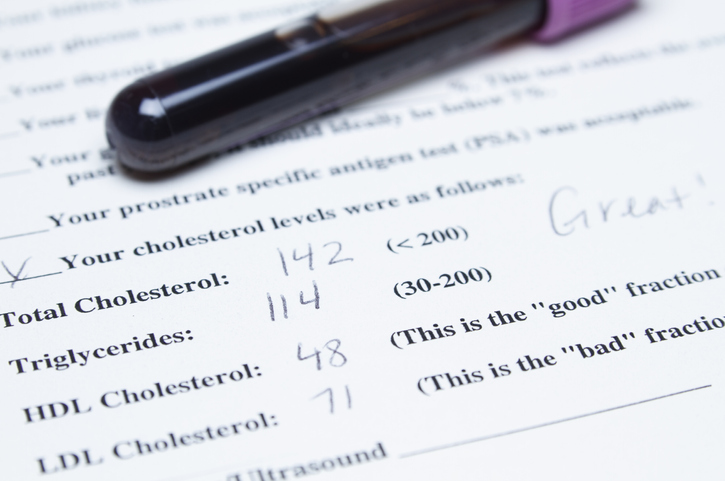Cholesterol is known as the “silent enemy or threat.”
This is because it does not cause symptoms until a cardiovascular problem is imminent. Fortunately, there are ways to find out whether your cholesterol level is normal or high.
Puntos clave
- Though cholesterol and triglycerides are often confused or used as synonyms, they are different types of lipids that circulate in the blood.
- Cholesterol is a fat-like substance that is found in all cells in the body. It is used to produce vitamin D, hormones, and compounds that facilitate digestion.
- Triglycerides are a type of fat, the most common type in the body. When we eat, our bodies convert unused calories into triglycerides, which are stored and eventually used for energy.
Though cholesterol and triglycerides are often confused or used as synonyms, they are different types of lipids that circulate in the blood.
Cholesterol is a fat-like substance that is found in all cells in the body. It is used to produce vitamin D, hormones, and compounds that facilitate digestion.
Although it can be produced by the body, it is also obtained from different foods, especially those from animal sources, such as cheeses and meats.
The blood carries cholesterol to the cells through particles called lipoproteins. The two most important ones are low-density lipoproteins (LDL), also known as “bad” cholesterol, and high-density lipoproteins (HDL), or “good” cholesterol.
Triglycerides are a type of fat, the most common type in the body. When we eat, our bodies convert unused calories into triglycerides, which are stored in adipocytes (a type of fat cells) and eventually used for energy.
Causes of high cholesterol
Some factors can increase cholesterol levels in the blood:
- Poor or unhealthy diet, especially diets high in saturated or trans fats.
- Lack of exercise.
- Smoking or excessive alcohol use.
- Being over 40 years old.
- Having overweight or obesity.
When cholesterol and triglyceride levels are high, fatty deposits form in the blood vessels.
Over time, this may restrict blood flow, increasing the risk of various cardiovascular problems, such as heart attack or stroke.
Does high cholesterol have symptoms?
There are some symptoms that are usually seen as warning signs that blood cholesterol and triglyceride levels are high:
- Excessive agitation.
- Dry mouth or bad breath.
- Headache or chest pain.
- Swelling in the arms and legs.
- Upset stomach or indigestion.
- Loss of balance.
- Vision problems.
- Irregular bowel movements.
- Hives (urticaria).
The truth is that high cholesterol does not cause symptoms. The only way to detect it is through a blood test.
This blood test is very important for people’s lives. Experts recommend having a first cholesterol panel between ages 9 and 11, and every five years after that. They also suggest that men between ages 45 and 65 and women between ages 55 and 65 should have a cholesterol panel every year or two years. People over 65 should have it once a year.
If the test results are not within an acceptable range, the doctor may recommend more frequent measurements.
Remember:
Until there is significant scientific evidence from studies in humans, people should be very careful when using herbal therapies and supplements.
Don’t stop or change your medications or treatments before speaking to a doctor about the potential effects of complementary or alternative therapies.
Don’t forget that the medicinal properties of herbs and supplements can also interact with prescription medications and other herbs and supplements and may even affect your diet.
Sources: American Heart Association; Natural Medicines Comprehensive Database; National Library of Medicine; Mayo Clinic; U.S. Department of Agriculture; National Center for Complementary and Integrative Health.
